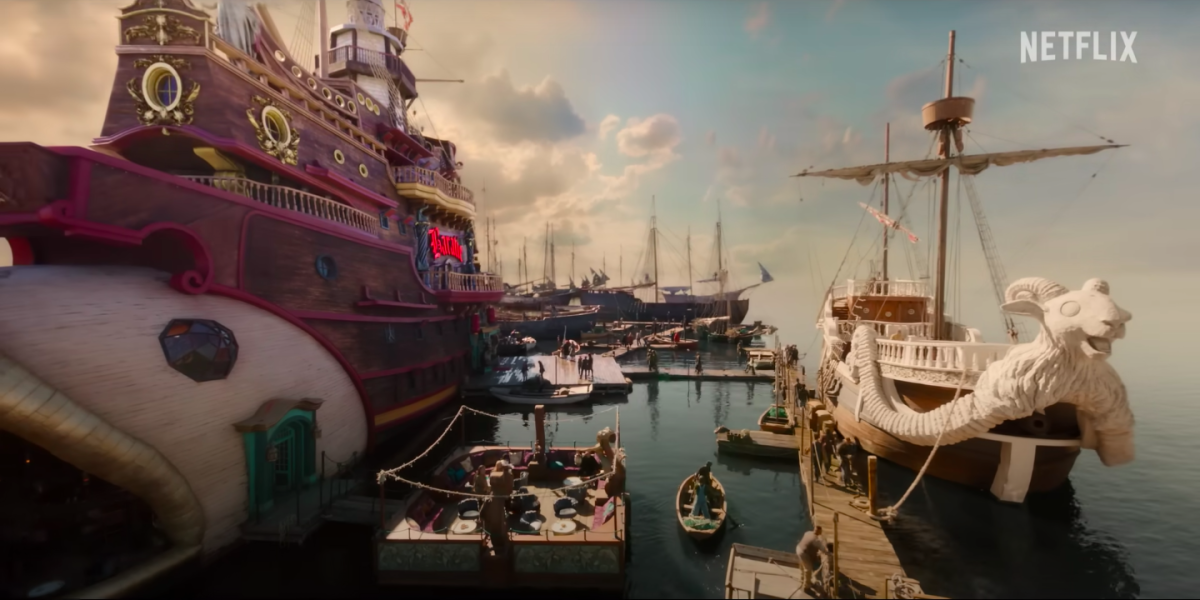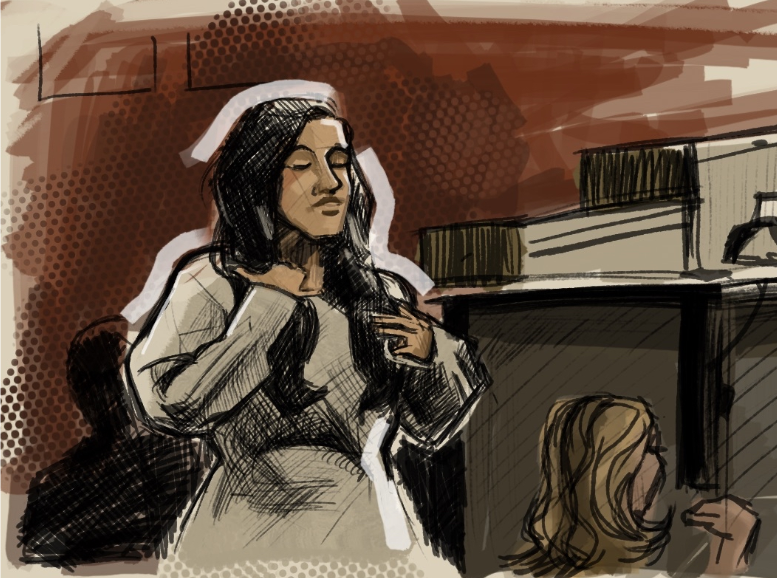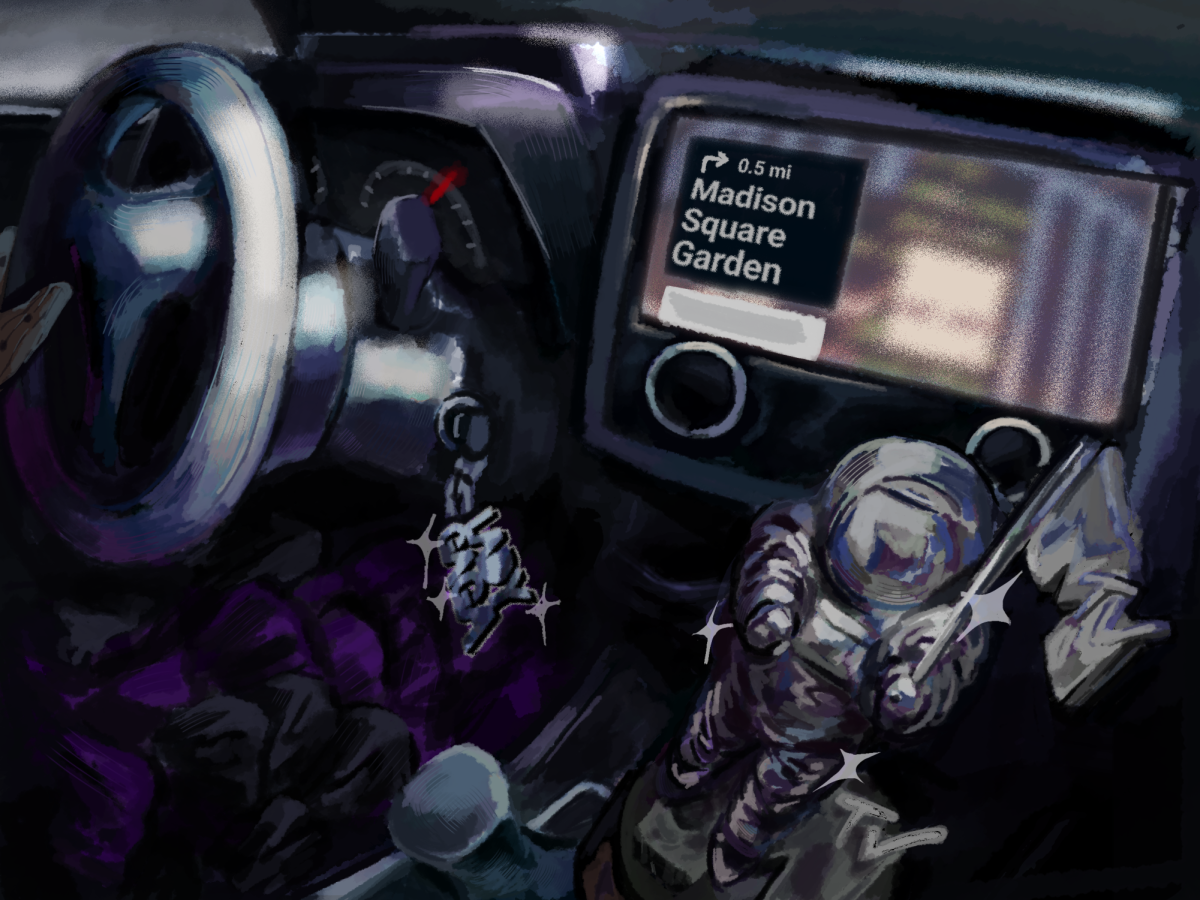Netflix’s live-action series “One Piece” has maintained a winning streak with its acclaimed first two episodes. Episode one was a well-thought-out intro, while episode two took a dark turn for the better. But episode three shifts the story back into a lighthearted tone.
In episode three, Luffy looks at a familiar vessel that fans will come to know as the “Going Merry.” The background music swells as the scene glimpses the ship’s iconic sheep figurehead.
Following their fight with Buggy the Clown, the Straw Hat Pirates set sail on a new adventure. They realize that the sloop that Nami stole is falling apart. Realizing they barely have enough time to reach the shore, the pirate crew stops at Gecko Island. Luffy sets his sights on getting the team a better ship that shows off his powerful yet flashy personality.
Although he has no money for his dream ship, Luffy crosses paths with Usopp, who knows the owner of a local shipyard. As they bond with Usopp and enter the wealthy owner’s residence, they stumble upon a secret conspiracy that could worsen the village.
With Luffy, Zoro and Nami given introductions in the pilot episode, episode three is all about Usopp. The difference between his anime counterpart and his Netflix one is the evident personality change—he’s less annoying.
Usopp is a notoriously unreliable storyteller who paints himself to seem like a brave hero. So far in the show, the recurring comedic theme of Luffy hanging off his every word is absent in the live-action series. While his tragic origin story is revealed in the anime’s third story arc, the live-action skips it and immediately gives audiences Usopp’s true character.
Episode three introduces Klahadore, the comically obvious villainous butler. While the anime built up his true intentions in a few episodes, Netflix’s “One Piece” pulls down the curtain on his introductory episode. Klahadore is an excellent villain to watch, and his presence gives off a more threatening nature, but much of his story arc still needs to be included.
In addition to Klahadore’s introduction, the episode’s subplot builds up to be promising for a future storyline. The audience is introduced to Arlong, one of Luffy’s most memorable opponents. Much like the anime, the fish-man pirate is unpleasant to look at, which scores the show’s production team an A-plus for the special and visual effects. Arlong’s horrific appearance adds on to his evil persona.
“One Piece” continues to work reasonably well as a live-action series, though episode three makes notable changes that are not beneficial to the show. Cutting certain moments will anger the audience familiar with the anime, but the creative decisions still uplift the live-action series as a whole. This episode shows a character’s death that will divide fans between sadness and anger.
Viewers should remember that as they continue to binge-watch the eight-episode series and go into season two, the live-action “One Piece” seesaws between enhancing and mangling the source material. So far, the live-action series has been tipping in a favorable factor, and only time can tell how long that effect will last.









